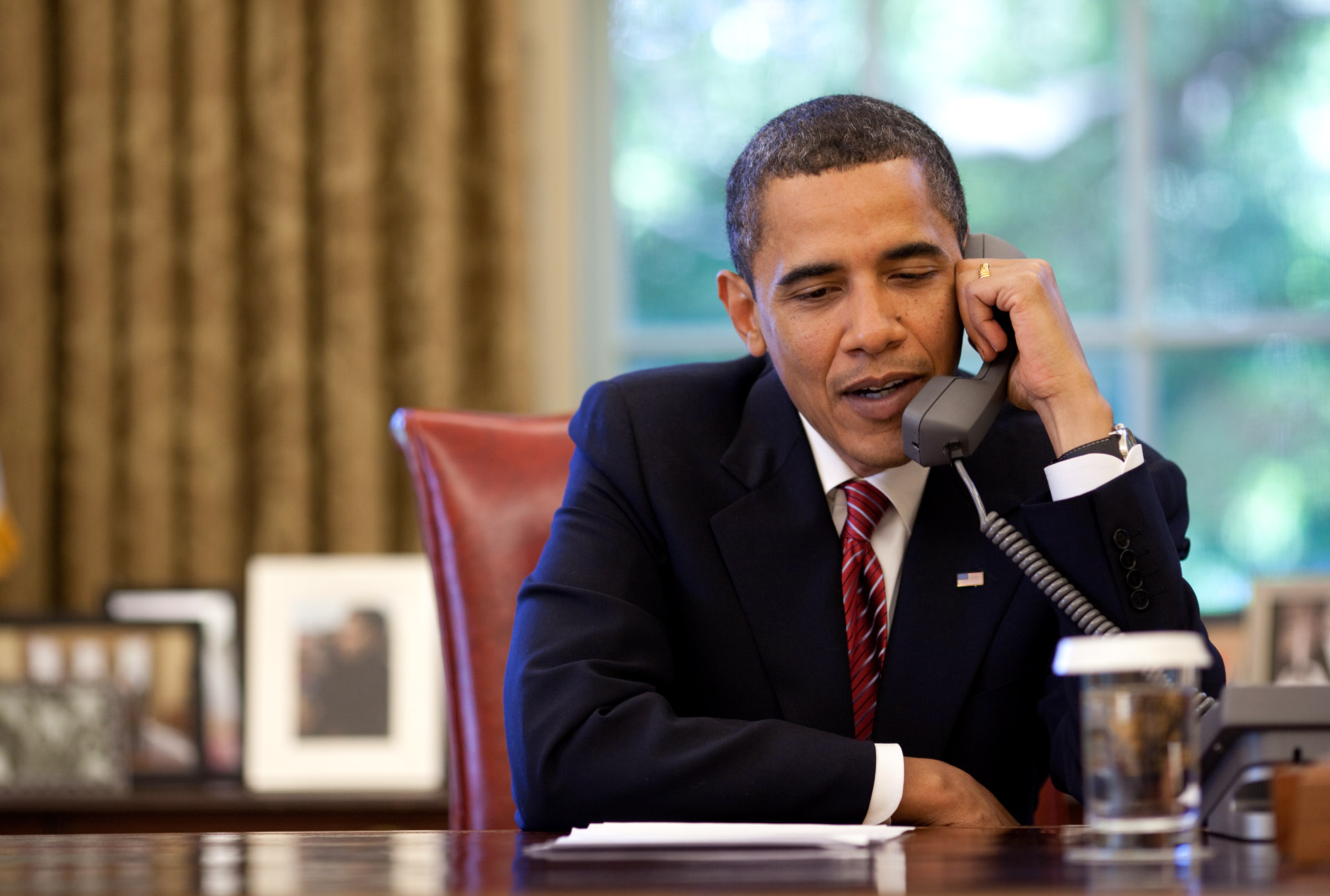As this is an election year, the American public will be hearing many speeches from politicians addressing the nation. Phrases such as “My Fellow Americans”, “main street” and “small businesses” are staples that they average person can predict to hear from any politician. These political phrases are not only predicted by Americans, but now are being predicted by robots.
“Mr. Speaker, supporting this rule and supporting this bill is good for small business. It is great for American small business, for Main Street, for jobs creation. We have an economy that has created nearly 2 million jobs in the past couple of months: apparel, textiles, transportation and equipment, electronic components and equipment, chemicals, industrial and commercial equipment and computers, instruments, photographic equipment, metals, food, wood and wood products. Virtually every state in the union can claim at least one of these industrial sectors. In fact, one young girl, Lucy, wanted to make sure that the economy keeps growing. That should not be done on borrowed money, on borrowed time.”
This speech was written by a computer.
This comes from a research project at the University of Massachusetts Amherst. The researchers created a predictive algorithm that laid down words based on the previous 5 words that came before them. In program analyzed 3800 speeches that were introduced in the House.
The program is not perfect. There were speeches produced that came out a bit non-sensical. One computer generated address had this to say:
“For example, I mean probably all of us have had a mom or a grandmom or an uncle to whom we say, hey, I noticed your legs are swelling again. Fluid retention. Fluid retention.”
What this project does show is that their artificial intelligence can be useful, and maybe be the starting place for speech writing. It is not unrealistic to assume that future State of the Union addresses may first start with an algorithm.
Article via The Washington Post, 25 January 2016
Photo: 01-27-11 at 14-34-48 bySpeaker John Boehner [Creative Commons Attribution-NonCommercial-NoDerivs]





